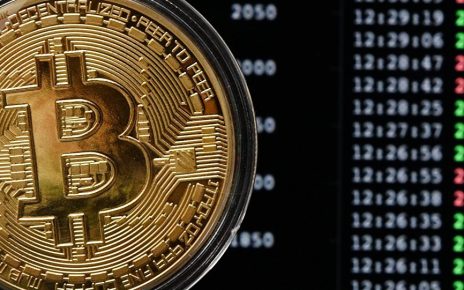On January 13th this year, the total number of mined bitcoins reached 16.8 million coins, which amounts to 80% of all the bitcoins that will ever be mined. This means that only 20% or 4.2 million bitcoins are still unmined and waiting to be mined until the total number of bitcoin reaches 21 million coins.
Satoshi Nakamoto, the creator(s) of bitcoin first mentioned there would be a limited number of bitcoins mined in the Bitcoin’s whitepaper in 2008.
The lack of coins creates demand, which means they become more valuable and the price goes up. When the total number of mined bitcoins reaches 21 million coins, it will be even harder to get them, which can potentially make every coin more valuable.
The bitcoin miners are currently receiving a reward of 12.5 bitcoins for every block the mine, but the protocol created by Satoshi Nakamoto is built to halve the reward every 210,000 blocks, which takes place roughly every four years. The next halving of the mining reward will take place somewhere around June, 2020, when the reward will be halved to 6.25 bitcoins per one mined block.
Not all the cryptocurrencies are mined like bitcoin. Some cryptocurrencies are not mined. Instead, the entire number of coins is released at once, without the possibility to mine additional coins.
Some of the cryptocurrency that cannot be mined are IOTA, Ripple, NEO, NEM, Stratis, Waves, etc.
Sceptics said it was possible to increase the total number of bitcoins over 21 million coins by using attack 51% (it takes 66.7% in reality) or Sybil attack. Until now, neither manipulation proved to be feasible in the case of bitcoin.
An altcoin called Krypton suffered from 51% attack in August, 2016, but no such attacks have been recorded ever since.




